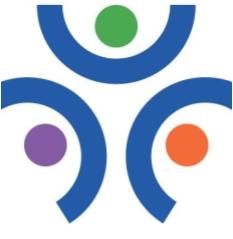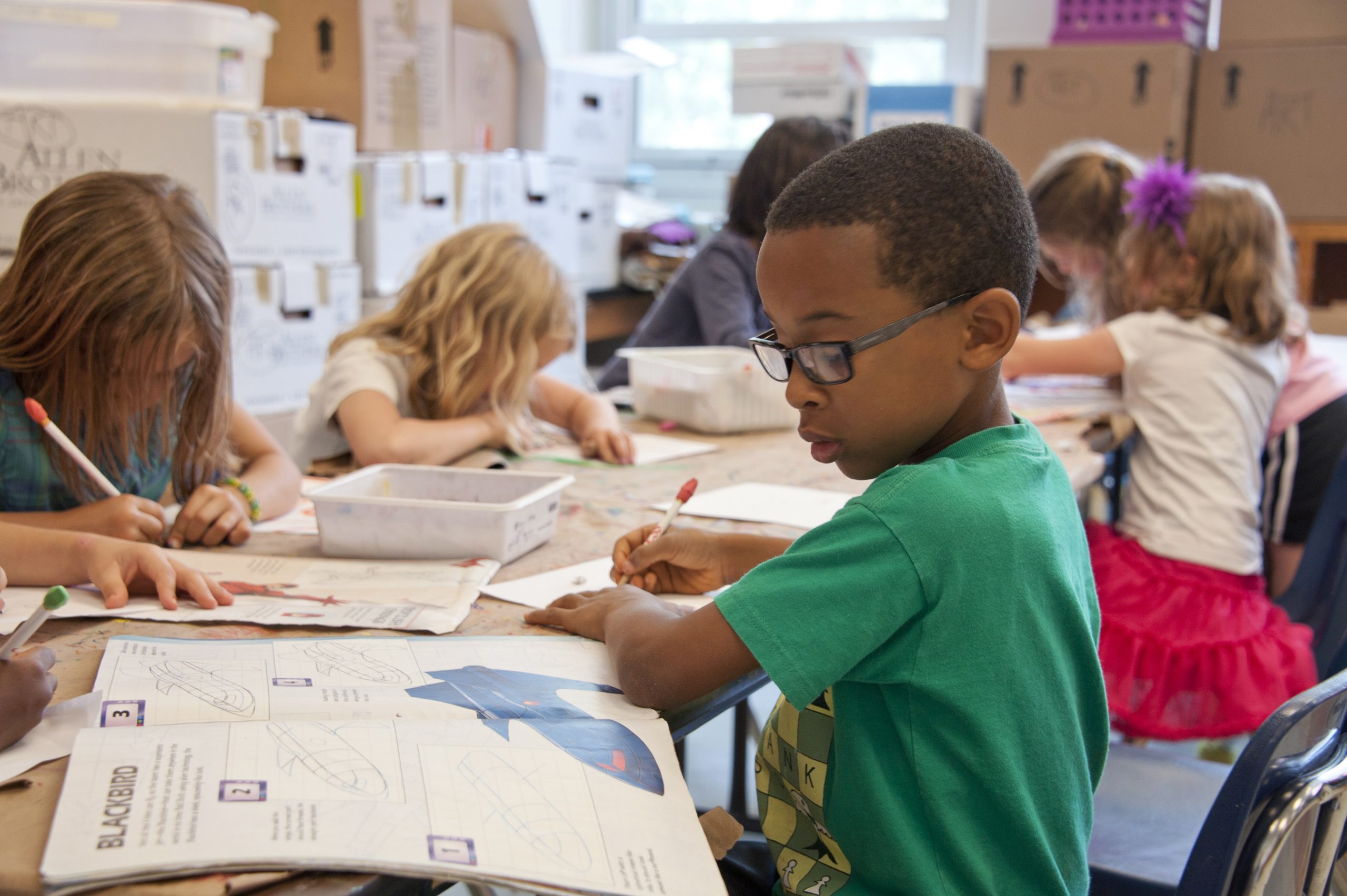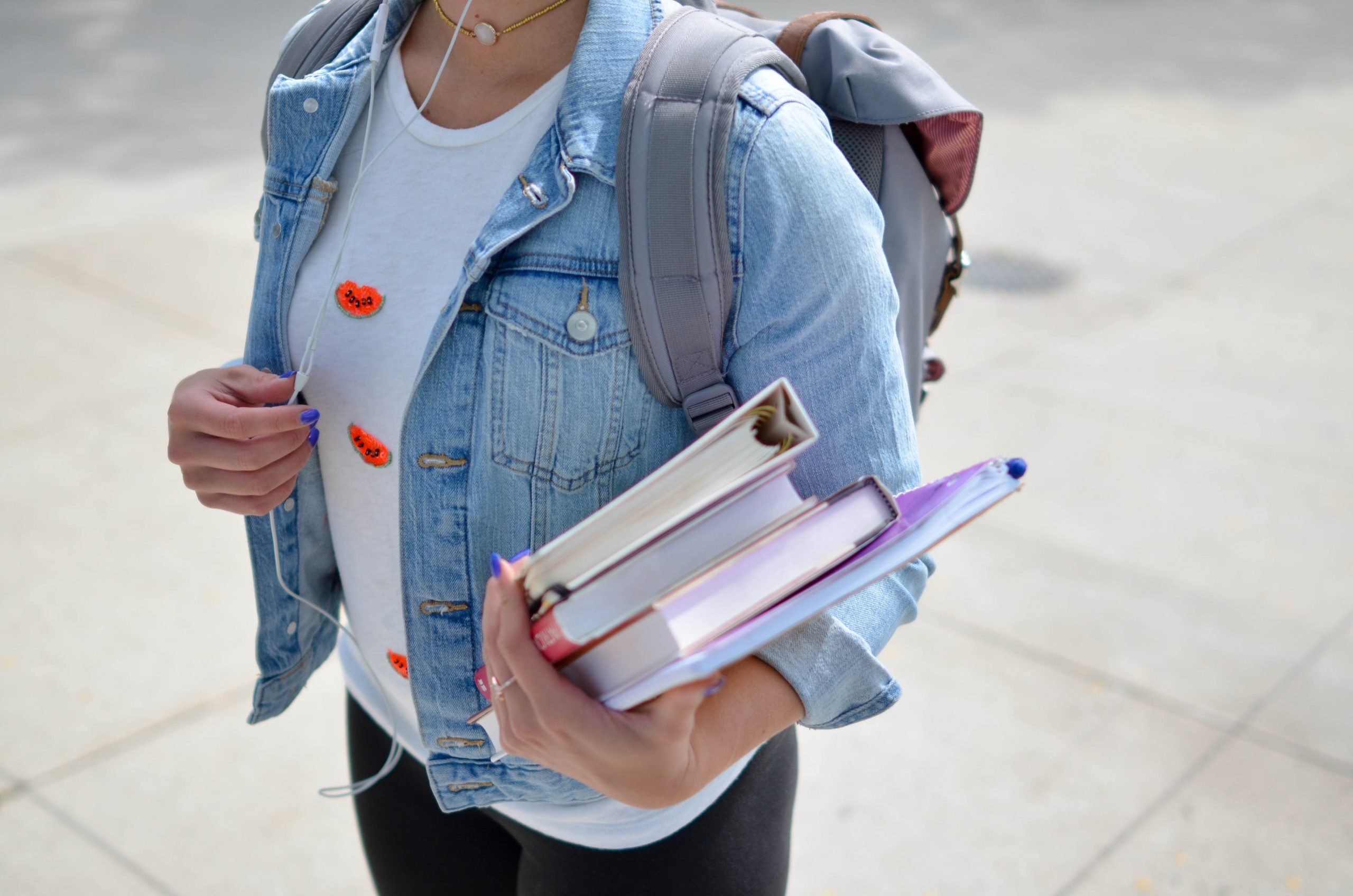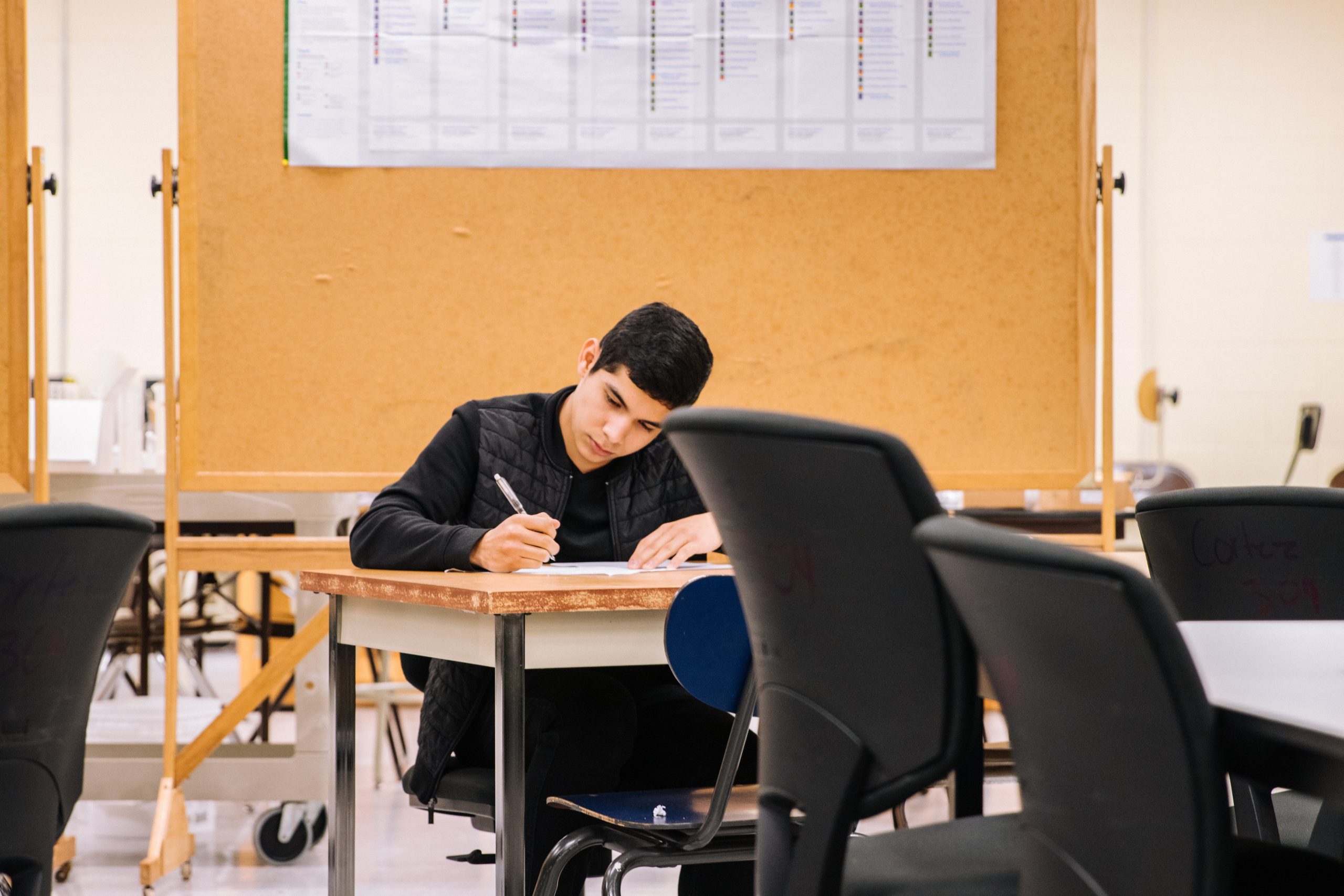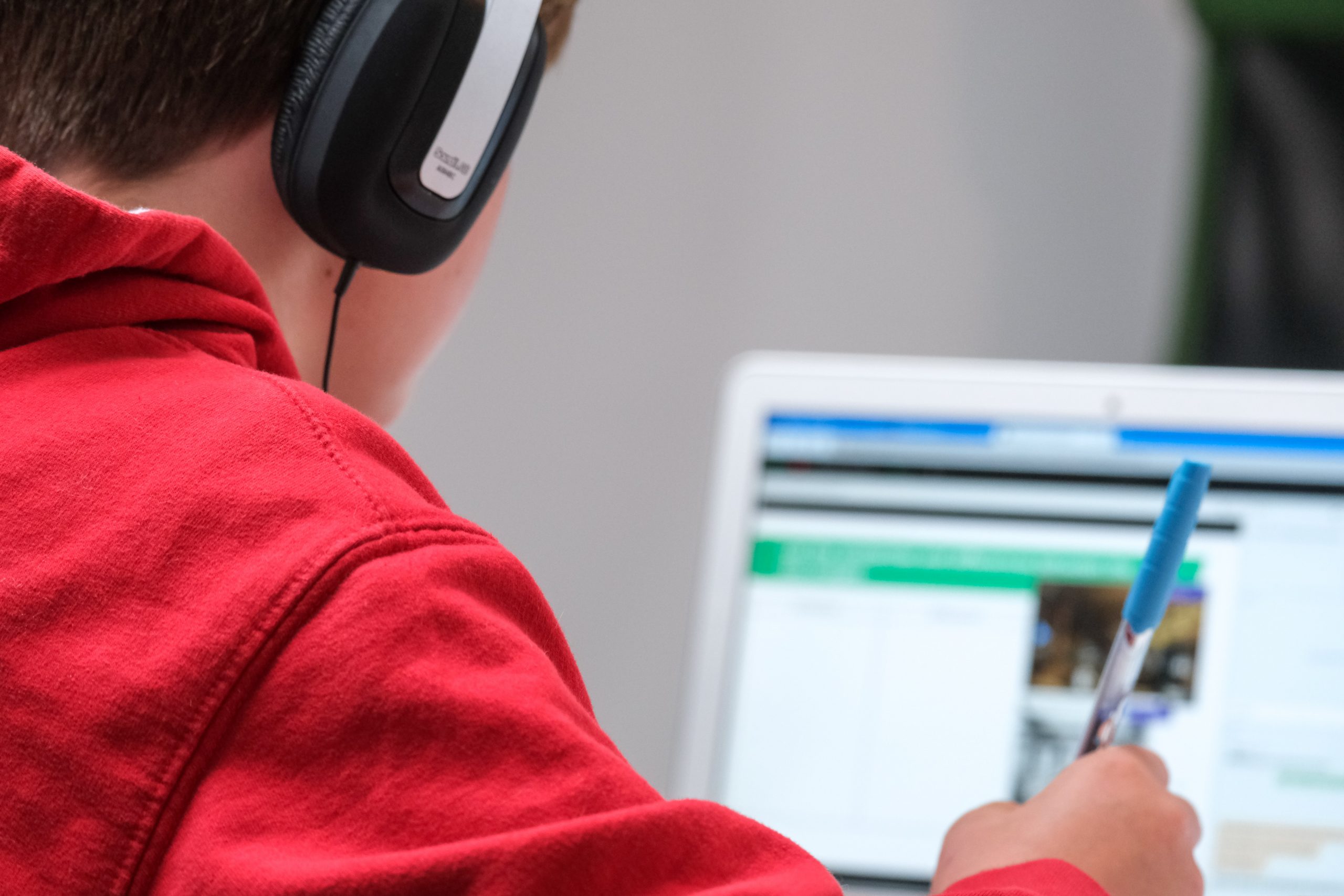A dyslexia diagnosis can be simultaneously liberating and overwhelming. On one hand, children who have struggled to understand why their reading comprehension wasn’t on par with their peers’ often feel tremendous relief at the knowledge that their poor grades and school-related frustration is not their fault. Ditto for their parents, who might be confused at best and furious at worst, assuming their child is simply lazy.
Dyslexia is becoming more widely discussed in the media and in classrooms, but many educators and parents still believe outdated myths that special education teachers and diagnostic clinicians are working hard to dispel. Before we jump into describing some effective teaching strategies for students with reading difficulties, let’s give a brief rundown of what dyslexia actually is—and what it isn’t.
Respecting the Differences
While there are diagnostic similarities across the spectrum of dyslexic students, no two cases present exactly alike. This can make it especially challenging to notice that something is wrong and seek a diagnosis from a professional. Since dyslexia is a language comprehension learning disability, it inevitably goes undiagnosed until the age when a student typically learns to read and write.
To make matters more complicated, students with dyslexia are often of average or even above average intelligence, receiving good grades in other areas besides language, leading their parents and educators to mistakenly believe there is actually nothing wrong—except laziness or poor study habits.
Understanding the Similarities
While there are differences in the presentation of dyslexia, there are certain commonalities that can be observed across the board, including poor spelling, difficulty decoding, challenges in writing, and inaccurate pronunciation.
Learning the sounds of letters, retrieving specific words, and struggling to remember how sounds blend together are also present in elementary-aged children with dyslexia.
Some Common Strategies for Success
One of the most common strategies used by teachers working with dyslexic students is a structured literacy approach, which is recommended by the International Dyslexia Association and has proven to be highly effective at helping students master phonology and sound-symbol association.
Classroom accommodation is another strategy that has been proven to work. Special education teachers are well aware that dyslexic students can achieve high academic success if they are given the tools and resources to succeed, while the traditional education system continues to lag behind. A patient, compassionate approach, combined with a smaller class size, could be the key to success for your child with dyslexia.
If your child is struggling academically and you are considering alternatives to traditional education, contact Lake Michigan Academy.
